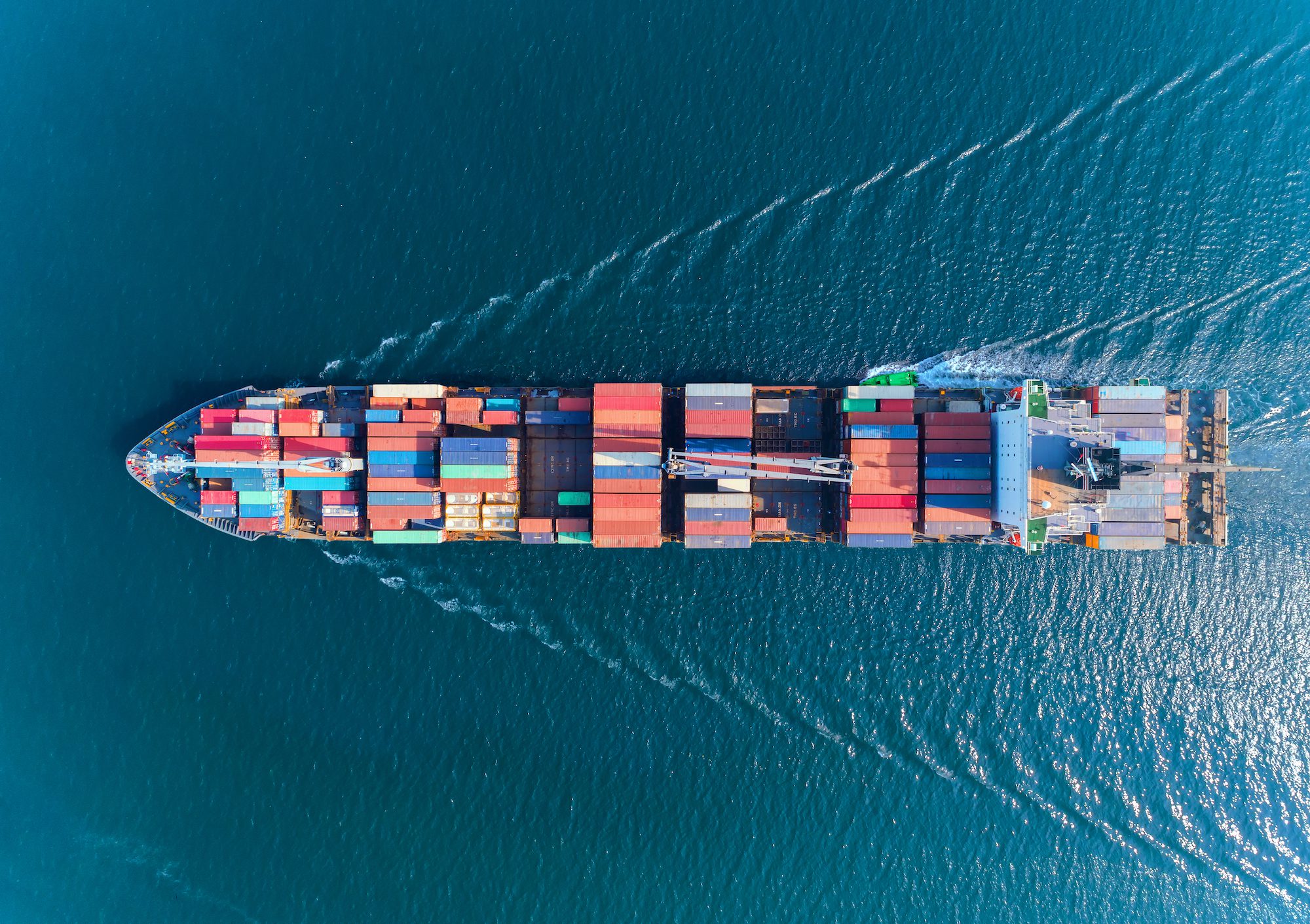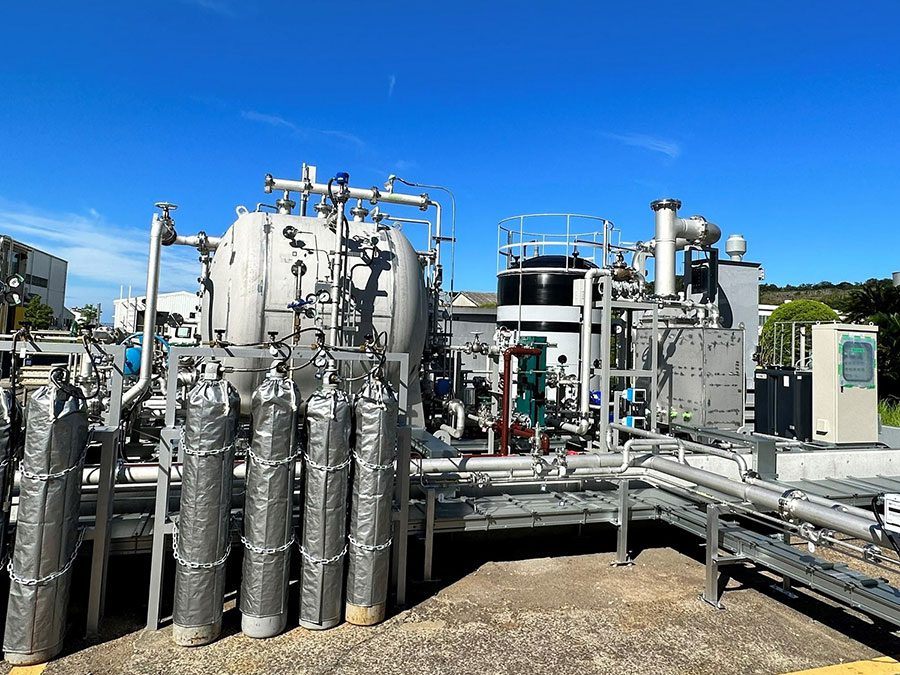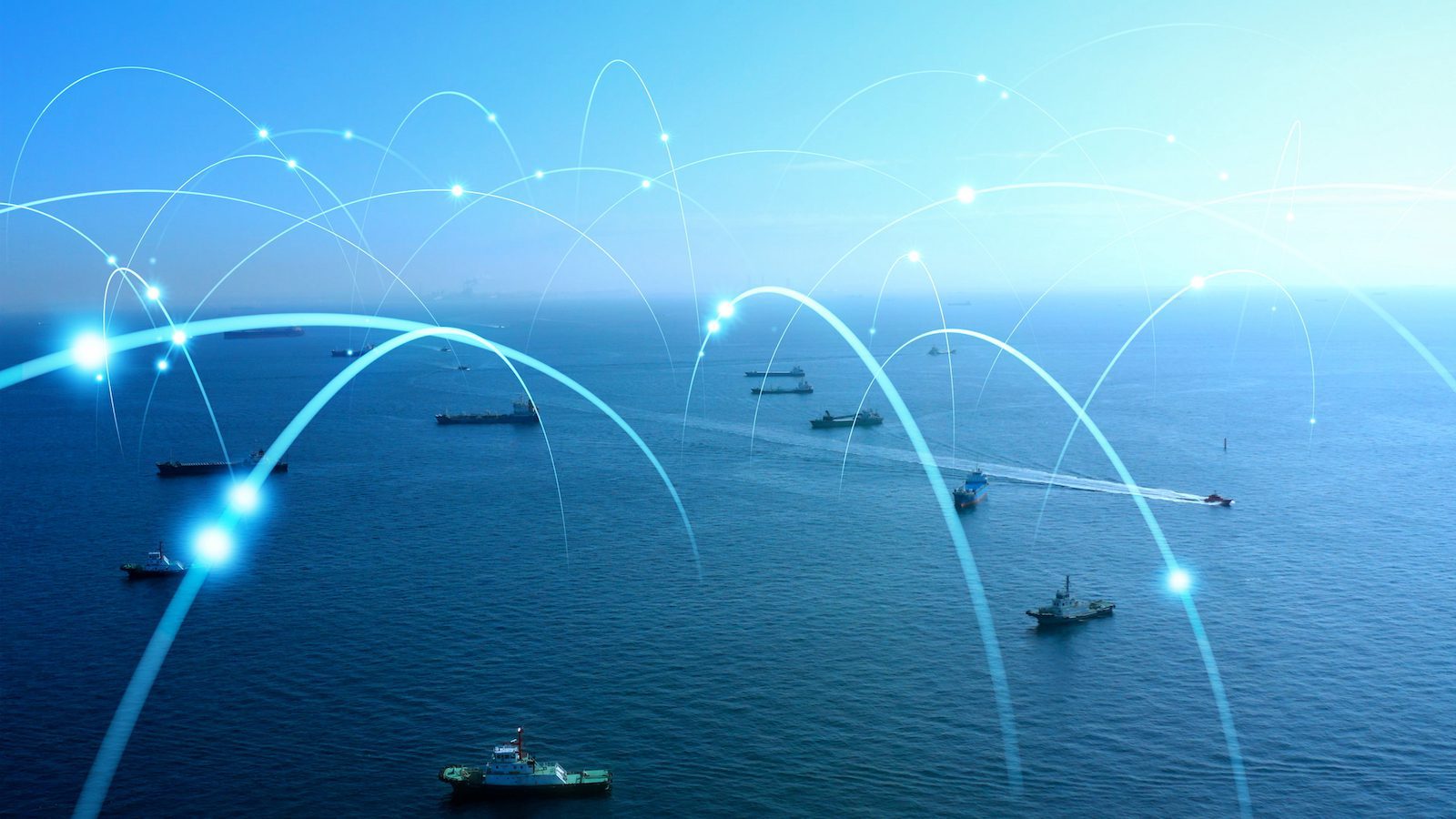The Wärtsilä W6X72DF Technology Demonstrator in Aioi, Japan, by J. Vittone/gCaptain
By Jessica Vittone
If anything has been made clear, it’s the now nearly-global commitment to reduced emissions. Shipping, despite being the lowest contributor to carbon emission per ton-mile of transported goods, is still under enormous regulatory pressure worldwide to reduce those emissions, and the IMO is committed to even tougher standards in years to come.
With standards for North American and European emissions control areas set to increase in 2016, ships will have to burn ever cleaner when approaching the coasts of lucrative ports like Houston, New York and Rotterdam, but even Vietnam will stop allowing ships to burn fuels with high sulphur content beginning January 2016.
Normally, increased regulatory requirements mean increased costs, but with the new Wärtsilä X72DF, Winterthur Gas & Diesel (WinGD, a joint venture with CSSC managed from Switzerland with a genesis in January 2015) seems to have created a solution for tomorrow’s problems today: one where compliance will actually cost less than the status quo.
Wärtsilä introduced their game-changing 2-stroke, low-pressure, dual fuel engine in 2013, based on the lean-burn principle (Otto cycle) where fuel and air are pre-mixed burning at relatively high ratios. Last week in Aioi, Japan, WinGD’s CEO Martin Wernli demonstrated the breakthrough advancement of the X-DF series engine in a 72 cm bore that can switch, cleanly, from running diesel to low-pressure natural gas, meeting IMO Tier III standards without the need for post-exhaust scrubbing. It seems they have designed an engine that costs less to build and less to operate while meeting current emission standards and those that are to come. And it does it with running stability that is as good or better than diesel (with no knocking cycles and no pre-ignition). WinGD says all testing of this engine to date has shown promising results while operating within all limits: emissions, mechanical, and thermal.
Size Matters
Running at low fuel injection pressures means significant reductions in size and weight. WinGD notes that high pressure compressors weigh up to 100 tons more than their 20-ton low pressure (LP) counterparts and take up a lot less room in machinery spaces. This reduction in both size and weight means less space in the engine room and more cargo space and capacity for larger ships.
Reduced CAPEX and OPEX
With the reduced costs of LP over HP systems, no additional costs required for after-treatment of exhaust gases, and lower electrical power demand, the capital expenditures for construction are reduced and operating costs made more competitive. With low pressure also comes a wider selection of suppliers for ancillary components.
Reduced Complexity
The fuel gas is mixed with the scavenged air before compression, so the required pressure is below 16 bar at any point in engine operations. Fuel supply systems are reliable, relatively simple, and there is reduced coincident power consumption.
Proven Technology
Though sea trials of the first large-bore (X62/72), low-pressure DF engines won’t happen until 2017, new builds can (and are) being delivered today as “DF-ready,” and can be converted with minimum efforts while keeping the rebuilding costs as low as possible.
Modern shipping has become a serious game of how to do more with less. To thrive, shippers need to move more cargo, in larger ships, and they have to try to do this while spending less on fuel under ever-decreasing allowances for emissions. WinGD’s goal is to develop technologies to improve engine reliability, increase efficiency, reduce emissions and simplify manufacturing and maintenance to reduce lifecycle costs. In this, the nascent 100-year-old company has succeeded wildly.
Unlock Exclusive Insights Today!
Join the gCaptain Club for curated content, insider opinions, and vibrant community discussions.

 Join The Club
Join The Club













